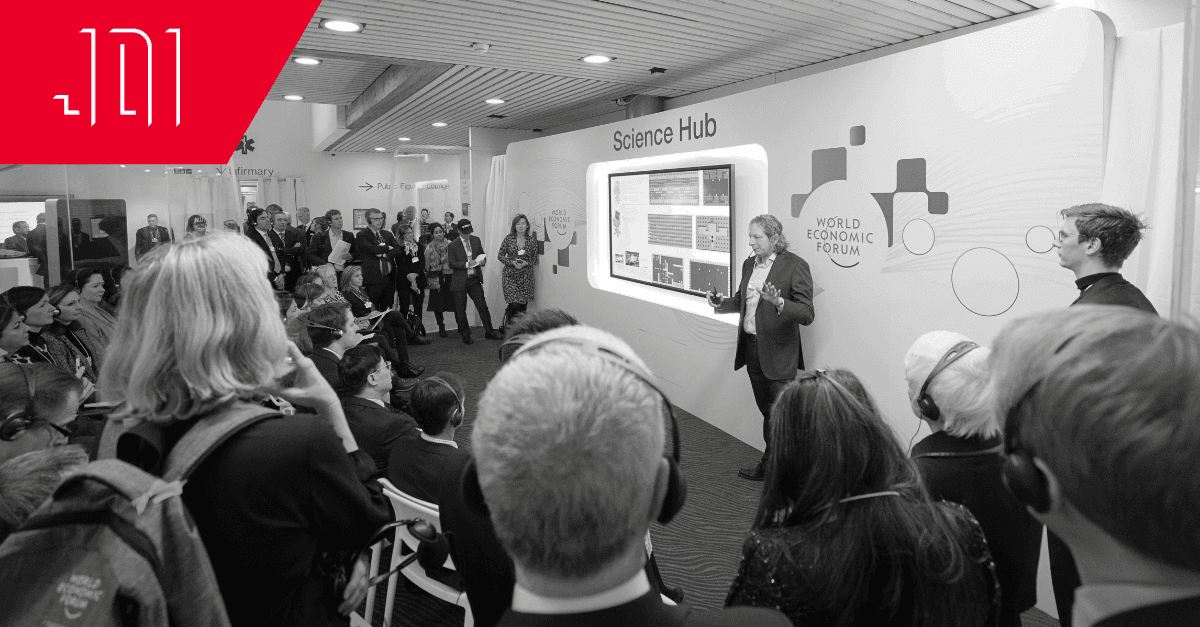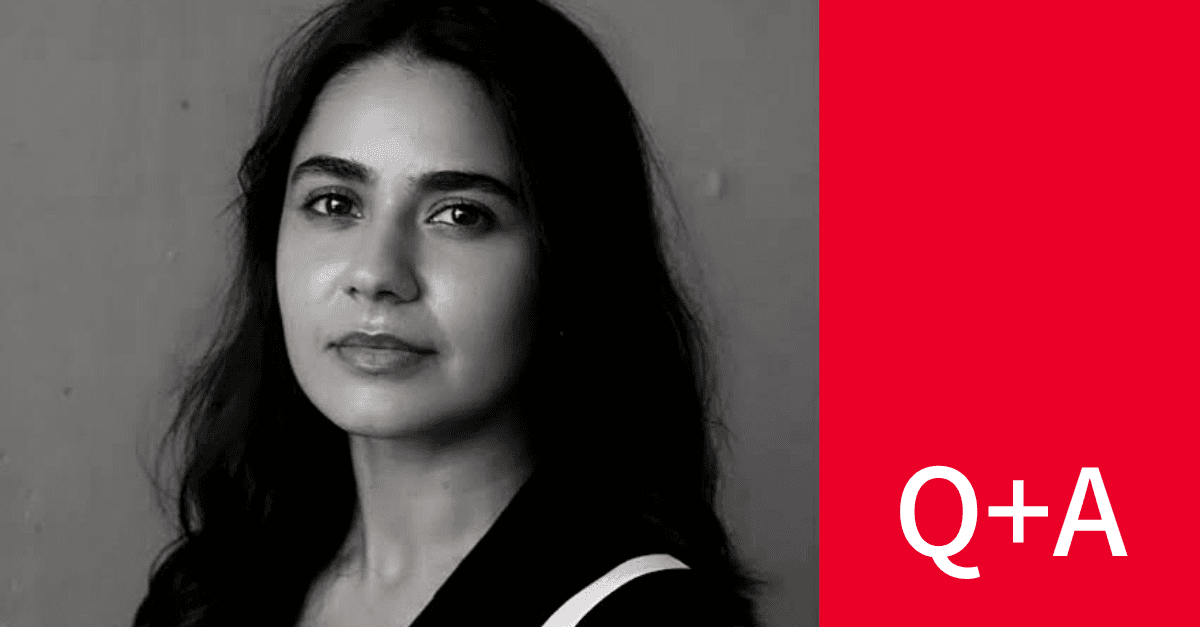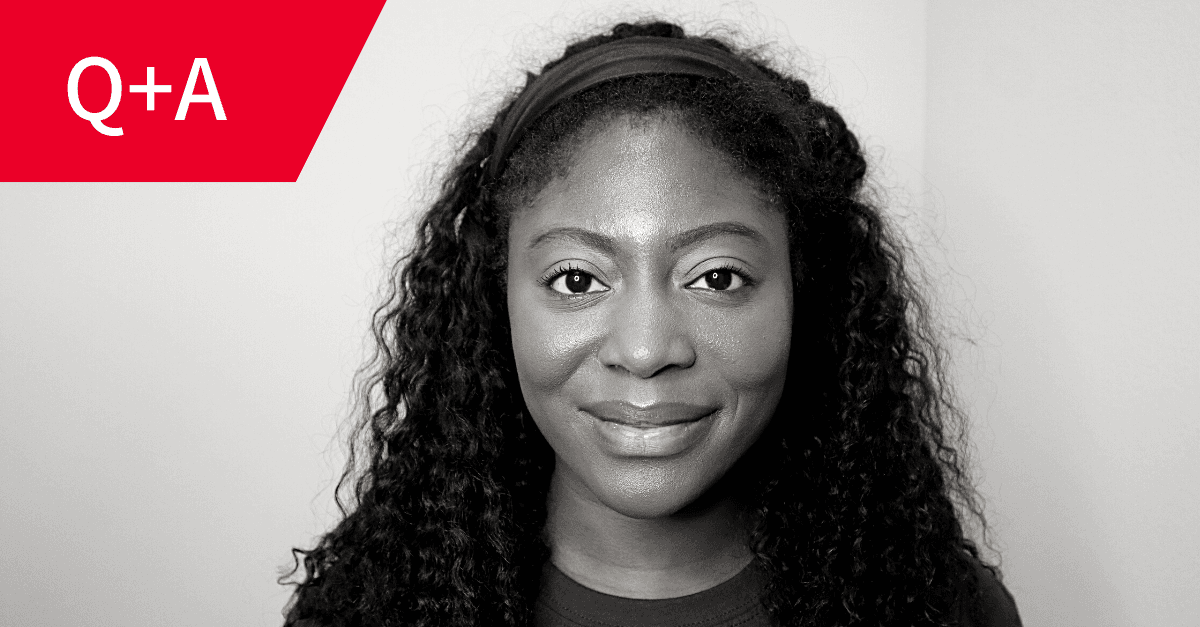The Future of Energy Infrastructure
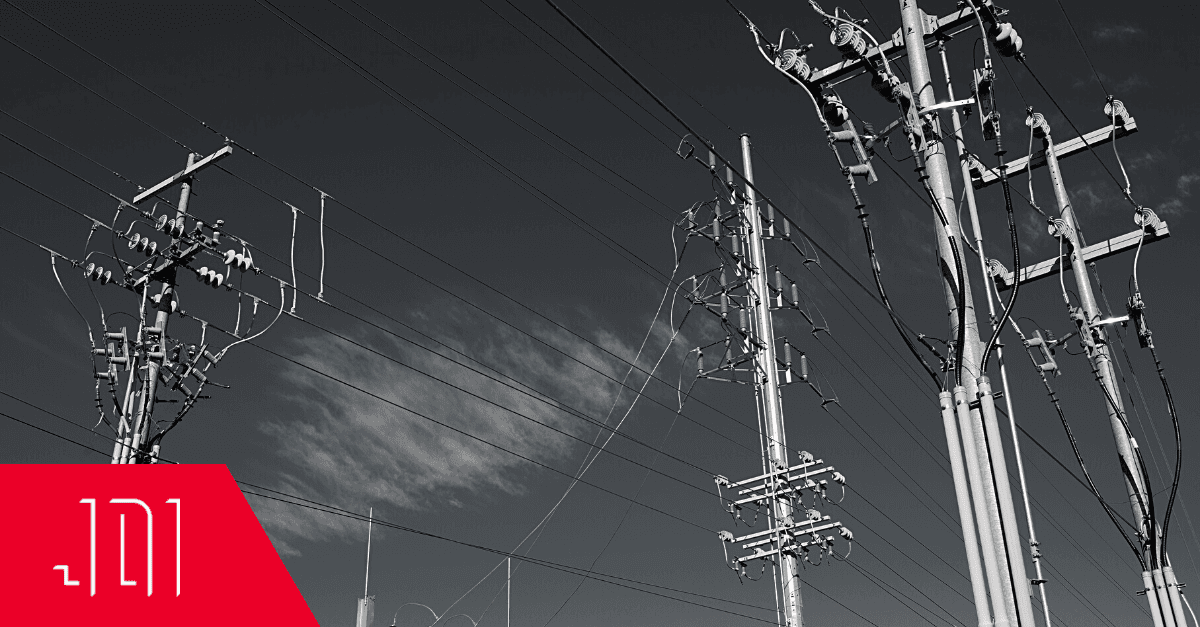
JDI is based in Austin, TX, so hearing about the investment into infrastructure has been a huge relief. On a local level, we’ve seen what a stressed infrastructure looks like. All of us had the honor of experiencing the winter freeze of 2021 — an event that left millions without power or water. Throughout the 2022 summer, the energy advisory that oversees the Texas grid has called on its customers to conserve energy. Catastrophic weather events aside, the United States is projected to increase its energy consumption by 20% by 2050. What are we doing to get ready for it?
Before diving into that, first we need a better understanding of how our electrical grid currently works. Electrical energy goes through a three step process: it is generated, transmitted and distributed to users. For generation, it falls into two basic categories: baseload and peak power. Baseload power is the average minimum demand put on the grid, and peak power is for matching maximum demand, which comes from when people are most active.
Transmission is stepping power up to high voltage, and sending it over a great distance. These are the massive, steel lattice towers that hum with hundreds of kilovolts running through them. About half of all lines in the United States are transmission lines, spanning more than 180,000 miles. Distribution is stepping the voltage back down to safe levels for home and business usage.
Most of the electricity generated comes from nonrenewable sources like nuclear, coal and methane gas. While nuclear has come to be more favorably viewed than carbon-intensive fuels, it still creates lasting impacts on the environment. The green movement and the shifting stance on fossil fuels is ultimately a question of generation. Wind, wave, geothermal and solar are ramping up to meet our baseload needs. However, how do we solve for peak power when the sun goes down? When you can’t ask for more waves or more heat from a geothermal vent?
The grid needs to be smarter
The understanding of real-time energy usage for the US electric grid operates on broad strokes. Plant operators aren’t blind — they can detect changes in demand and act accordingly. However, operators are only just getting access to better data and communication across the transmission and distribution networks. Electricity flows at the speed of light, so you can’t get ahead of it, but data will close the gap between where we are and the flow of energy.
The most important part of data is a better understanding of what the demand is. To reiterate, our current systems are consuming non-renewable resources to meet peak demand. Overproduction hurts the bottom line for customers, on top of being unjustified pollution. Creating a deep, data-rich energy grid now also helps to prepare for the future when renewables make up a larger part of the energy ecosystem.
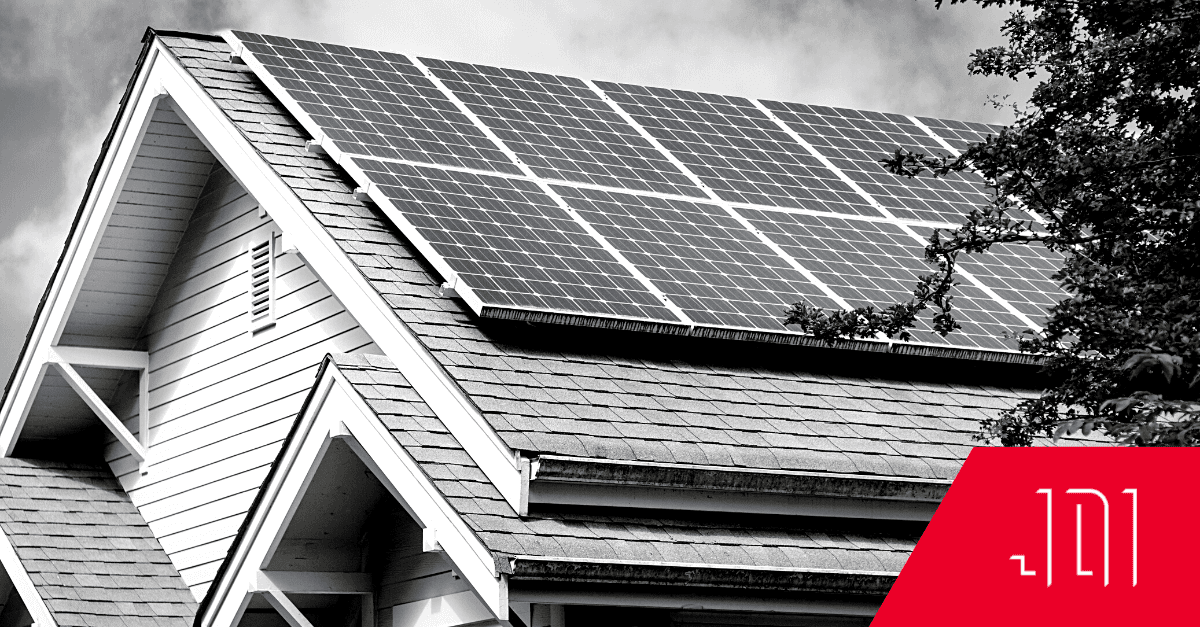
Renewable energy doesn’t quite fit the mental frameworks for electricity acquisition we currently have. Geothermal and wave energy are both flat: they produce roughly the same amount of energy non-stop. Solar energy is subject to the Earth’s rotation around the sun, while wind has good days and bad days. All of this is to say that we cannot have renewable energy without storage. This isn’t a bad thing — we’ve talked about the opportunities that battery tech presents in Superposition before. However, stored energy is also finite energy: better data is the only way to know how to make it through periods of high demand.
The grid needs to be smaller
Not in a literal sense, that is, simply the way we think about it. To transmit energy over great distances, it takes a great deal of energy. When “generating” energy from renewable sources, it makes the most sense to do so in a centralized model. Storing energy makes far more sense to do so in a distributed way: it reduces failure risks and wastes less. If the stored energy is already decentralized, so too can be our grid.
Microgrids are clusters of energy resources and loads that can be operated as an entity within the larger grid, or independently. Microgrid boundaries could be drawn around population centers or clusters of businesses. A microgrid would include transformers to step the energy down from transmission to everyday usage, but also storage for renewable energy. The energy stored would be designed to meet the needs of the microgrid’s users, but would still be a part of the whole electrical ecosystem. Low demand areas would be able to assist high demand areas. In the event of disaster or mechanical failure, microgrids would be able to support one another or stand freely.
Privately owned energy generation, like having solar panels on your roof, would fit better into a microgrid. Solar panels generate direct current, whereas your home uses alternating current. For day-to-day usage, owning solar panels wouldn’t change: you’re still selling energy collected back into the ecosystem. In the event that a microgrid needs to operate independently, its own solar panels would be able to produce electricity for its own users. Of course, those with solar panels could also create a microgrid of one with the proper inverters and their own storage technology.
For the future, we have already solved our baseload energy demands thanks to renewables. Thanks to machine learning and two-way communication networks, microgrids will have accurate insights into usage and demand. Ultimately, microgrids aren’t trying to break up the energy sector, just make it a little more democratic.

